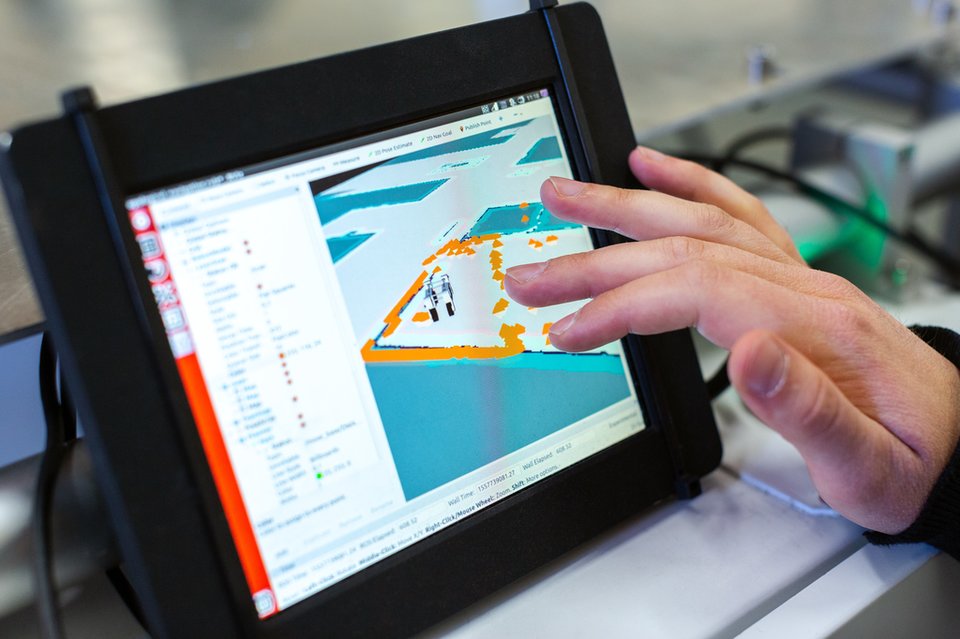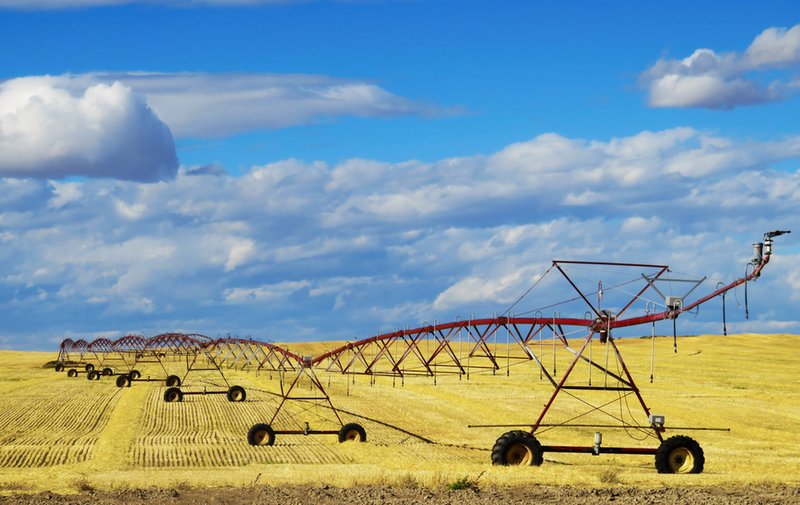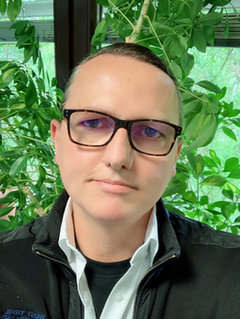Interview
Potentials of IoT devices and IoT technology
Data sharing requires awareness & trust

The main questions for WP3 are: what can we reuse? What is the potential of IoT devices and IoT technology? We are realising 33 use cases, all of which will analyse what can be done with this technology. At the end of the day, it is not just the question of what the farmer can do with this tiny technological devices. These IoT devices are enablers for realising larger scale solutions, and are not the end product by themselves. The focus is on enabling technologies to reach these solutions.
We are studying solutions demanded by the use cases, to identify typical components usable in different types of solutions and sectors. This way, the work does not only directly address end users, but system developers as well.
However, reasonable usage of individual technical items needs additional procedures, processes and other technologies in order to be able to realise an overall solution. This is combined with a ‘reference architecture’, helping us to identify specific elements that are promising for solution providers and developers to make system implementation more efficient and effective. This, specifically, is the goal of WP3.
How about data monetization?
If we aim at data monetization, we need to address features both for providing data, as well as offering software services.
Usually, IoT based solutions are a combination of hardware and software components, requiring strategies and business models that will facilitate monetization. We need to translate this into a service-based delivery model by not requiring farmers to take care for renting large amount of equipment. However, by using a service to apply the correct amount of pesticides at the right time, or enabling stakeholders along the supply chain to easily track and trace products.

What does data monetization represent for you? Do you perceive it as a threat or opportunity?
I have the impression that this discussion is often decoupled from real world solution scenarios. Of course, we are already collecting a lot of data in daily routine, but data in itself represents in most cases not of a lot of value and is possibly even way to detailed to derive meaningful information and knowledge without thorough modelling and analysis. Via this modelling and analysis, data or better monetization of information and knowledge will become an opportunity.
However, at the same time we must be aware of the sensitivities in data sharing. There are risks of misuse and unintended disclosure of data. This requires a careful analysis of opportunities and threats. When we are developing solutions in the IoF2020 uses cases, teams were analysing the IoT based solutions with respects to risks concerning security, privacy and trust from an overall perspective. For example, if I have one weather station on a field, this might not need any protection or encryption of data. What if I have 1000 weather stations installed in a representative rural area? If not properly protected, the others could possibly “listen” to all my weather data exchanged via the Internet. Would I like to protect that data? Possibly yes, to protect the intellectual property and protect my investment to install this large amount of weather stations. Since this amount of data does not only generate single data points, but a commercial baseline for weather forecasting, specific analyses, or service provision to other companies. Therefore, single data points are probably not worth protecting but aggregated and processed data certainly is.
What about data monetization in relation to anonymisation, security of this data and payment?
There is never one answer to that question. Most importantly: involved stakeholders need awareness, as it never is a black or white situation. All questions about anonymisation, security, and payment need active decisions. At the same time, security, anonymity, and payment never realise by itself. Risk assessments need to balance threats, opportunities, potential revenues and costs to protect data. At the same time, it is a matter of analysing effort somebody would invest to steal my data.
However, as an end user I usually do not know all the technical details of a solution provided in the cloud. Therefore, trust in the technology provider is of utmost importance. Technology providers need to ensure this trust, helping end-users to understand potential threats, while prioritising the analysis of potential threats as early as the design phase of a solution, and not just fixing issues at a later stage.
How do you help IoF2020 use cases to take advantage of this?
Firstly, we are offering re-usable components as well as supporting the IoF2020 use cases in security, privacy, and trust analysis. At the same time, open source-based solutions are available via the IoF2020 website. More detailed information about the developed solutions is also provided through the online IoT catalogue.
How use cases react to the security analysis?
We must remain realistic; We are talking about a lot of non-functional requirements. At first glance, you are not earning money with non-functional requirements, there is merely a need to invest through effort. Nevertheless, as soon as something would go wrong, the investment would balance this easily.
Our recommendation is to assess these risks, allocating appropriate effort and budget and managing the realisation of counter-measures. However, it remains a challenge on the long term, as tomorrow, an implemented solution may be vulnerable again. This requires and ongoing attention and serious awareness of all the systems characteristics. Coming back to data sharing, it is also very important to be transparent, and for solution providers to handle the data safely, and in a proper manner.
What would you recommend (to farmers)?
I think it is very difficult to generally recommend something. Being open-minded is very important. While farmers are businessmen, this business is not like many others, as they face myriad challenges. Being open-minded and daring to take calculated risks when trying something new, are vital in this business. A good resource to learn about the experience of other end-users and solution providers is the IoT catalogue that contains information about IoT based solutions, challenges, end-users and devices.
It is available via www.iot-catalogue.com
- Harald Sundmaeker Work Package 3

Harald Sundmaeker
Work Package 3